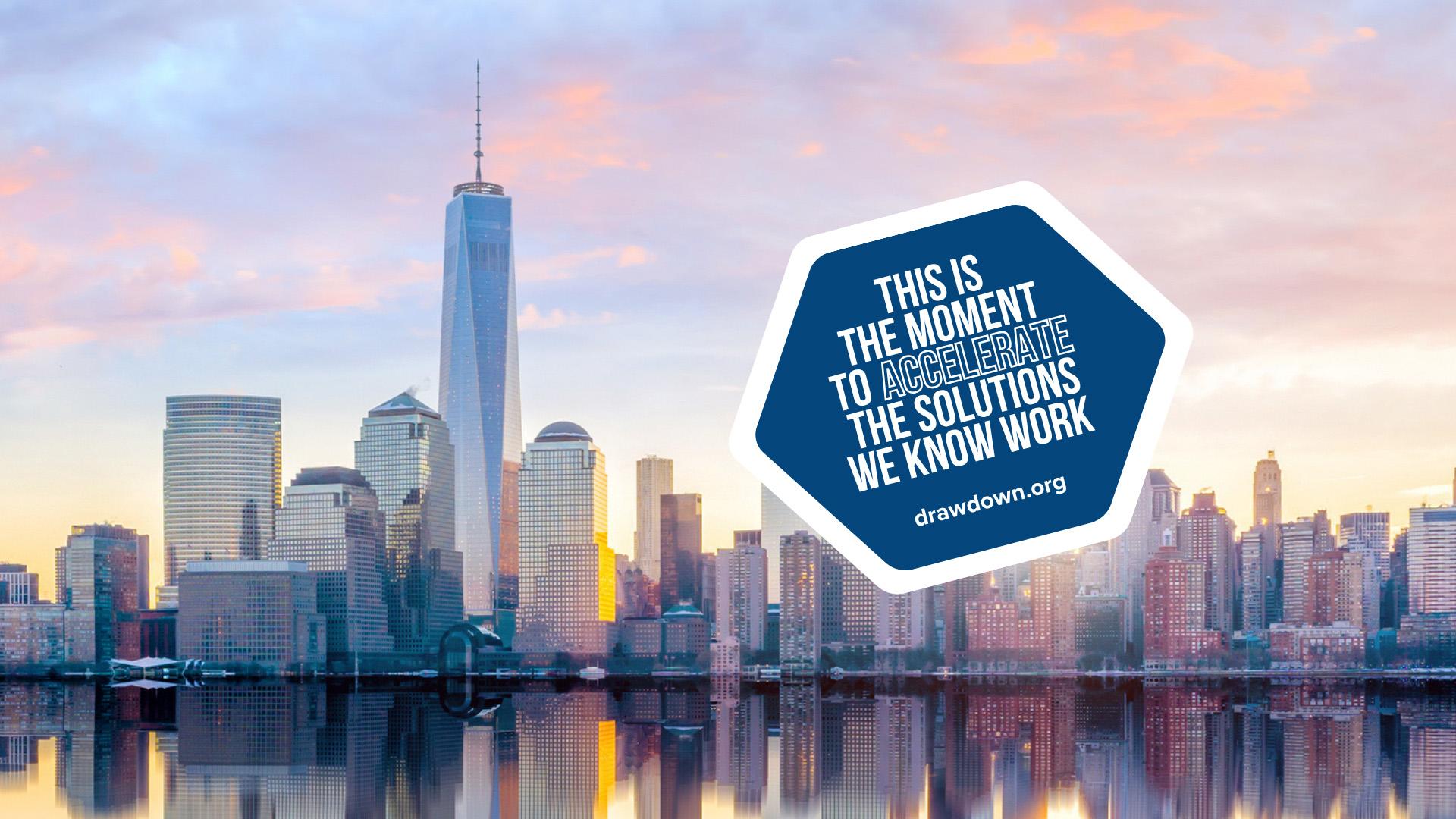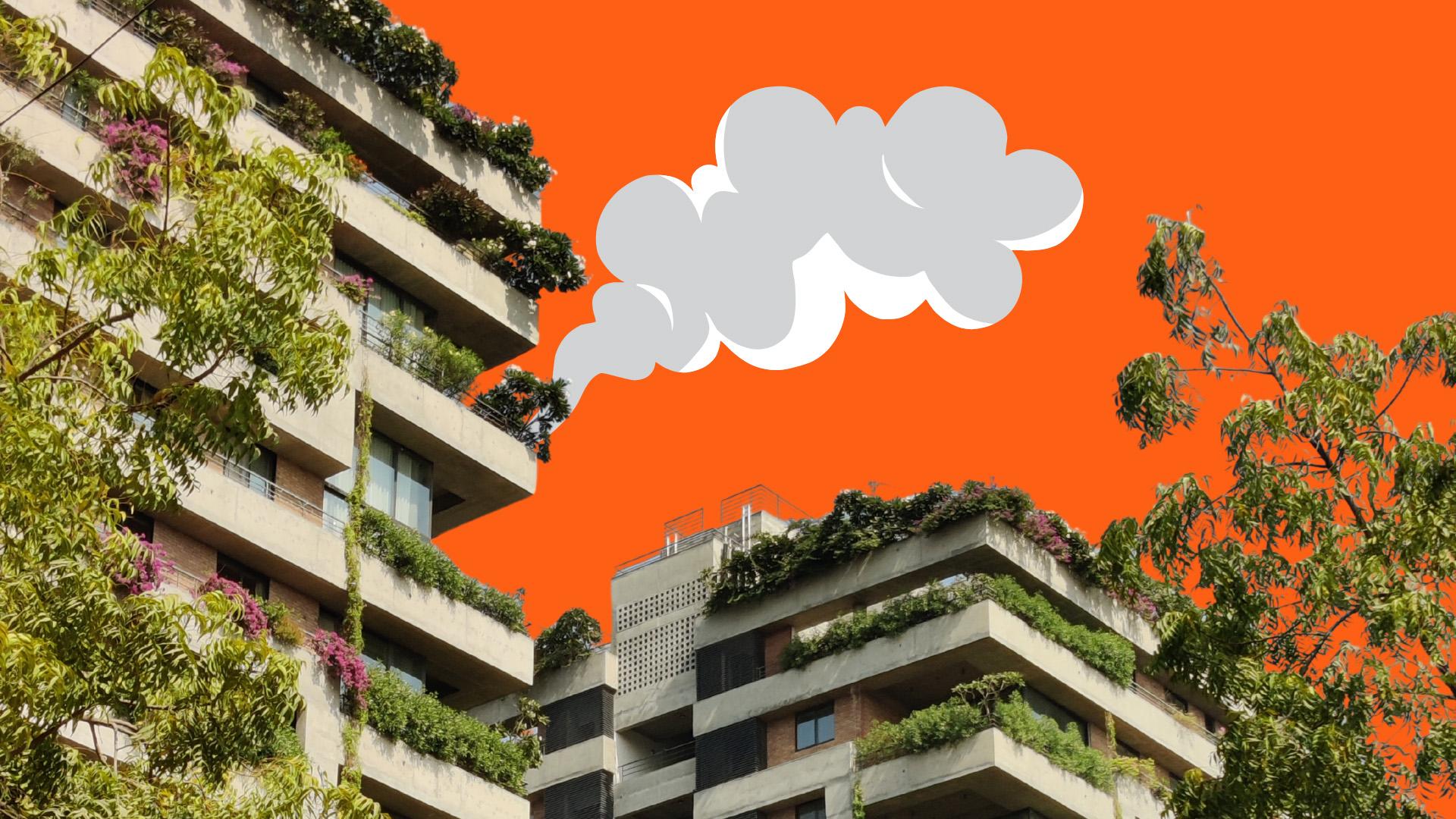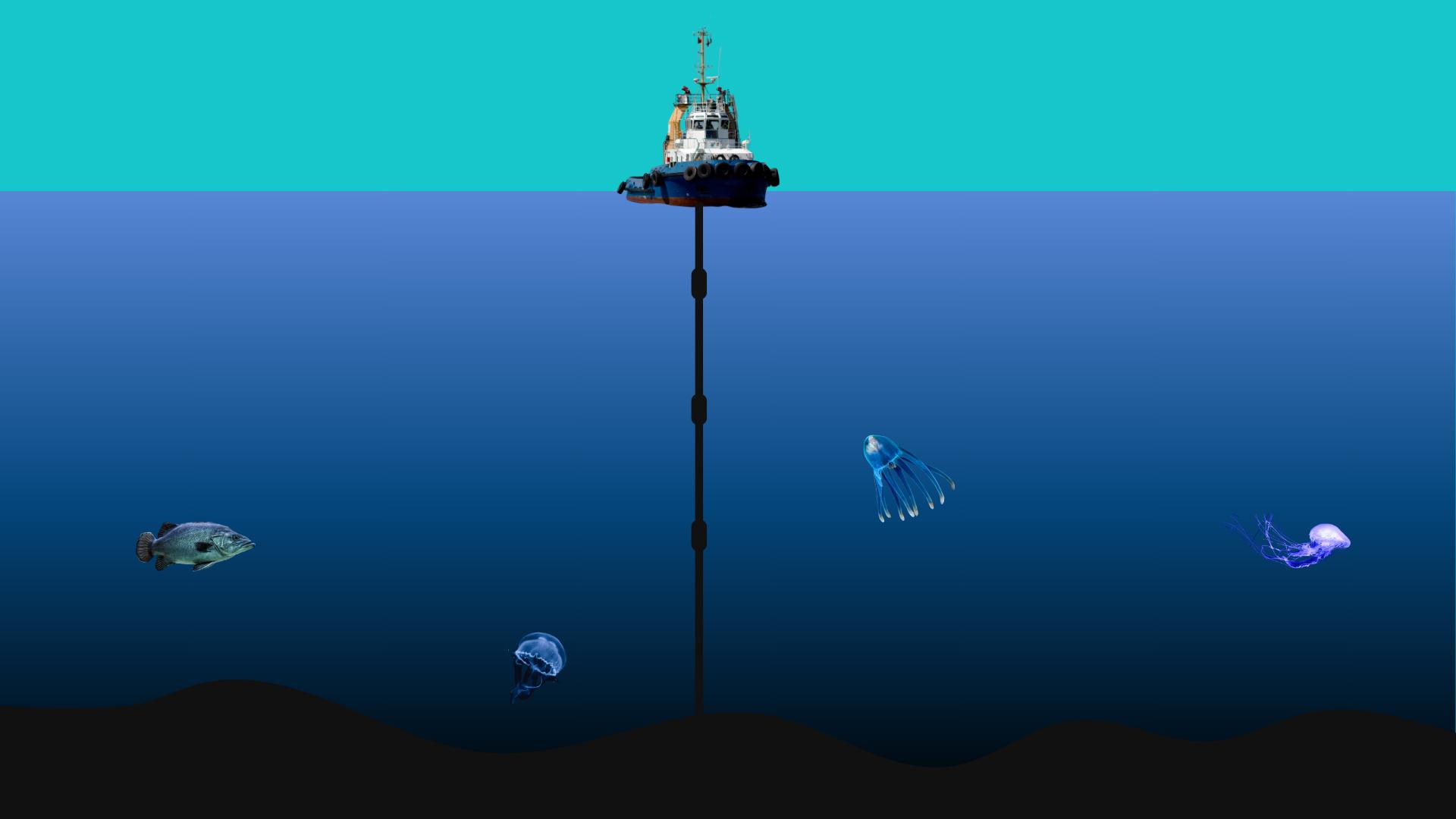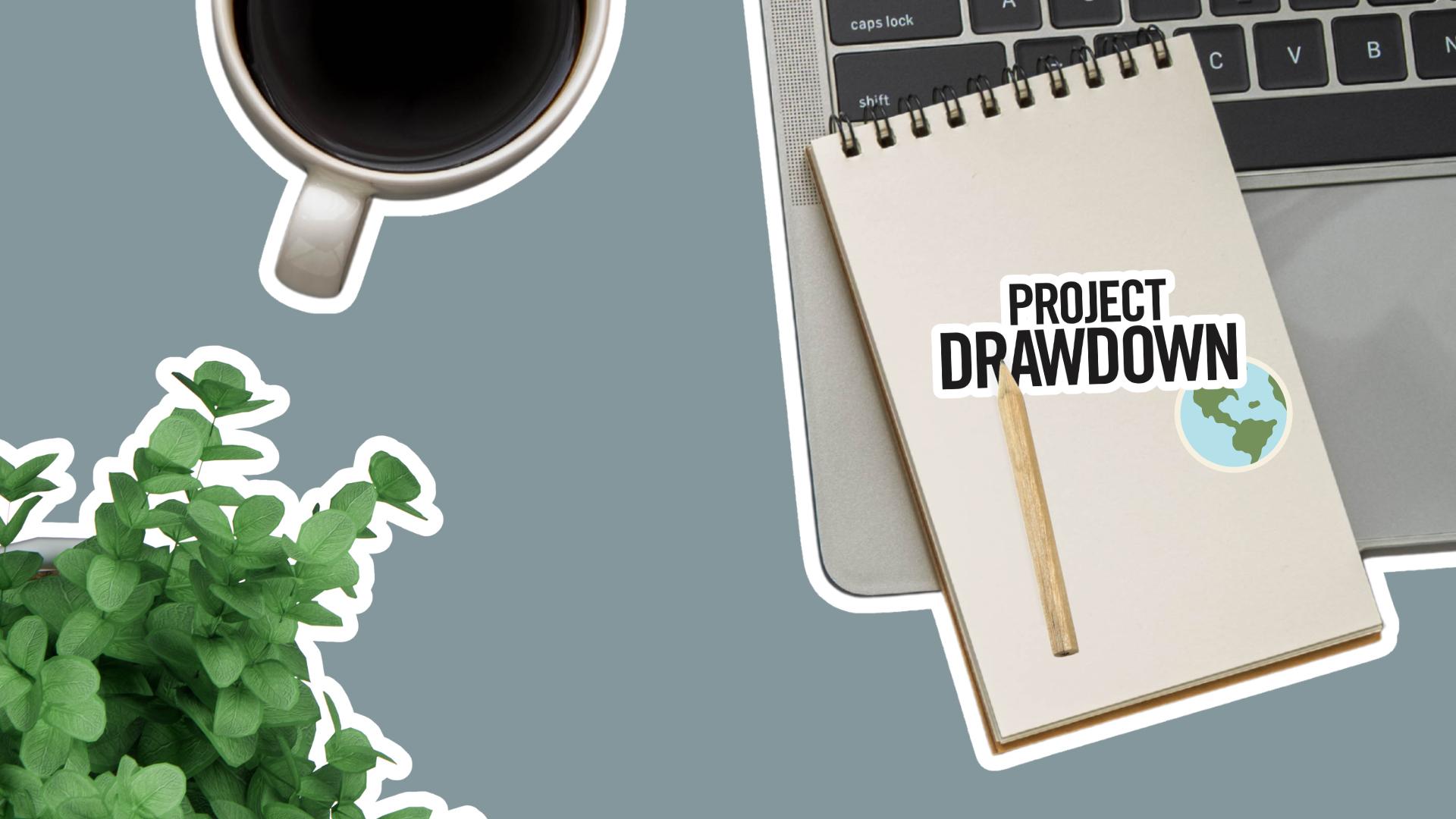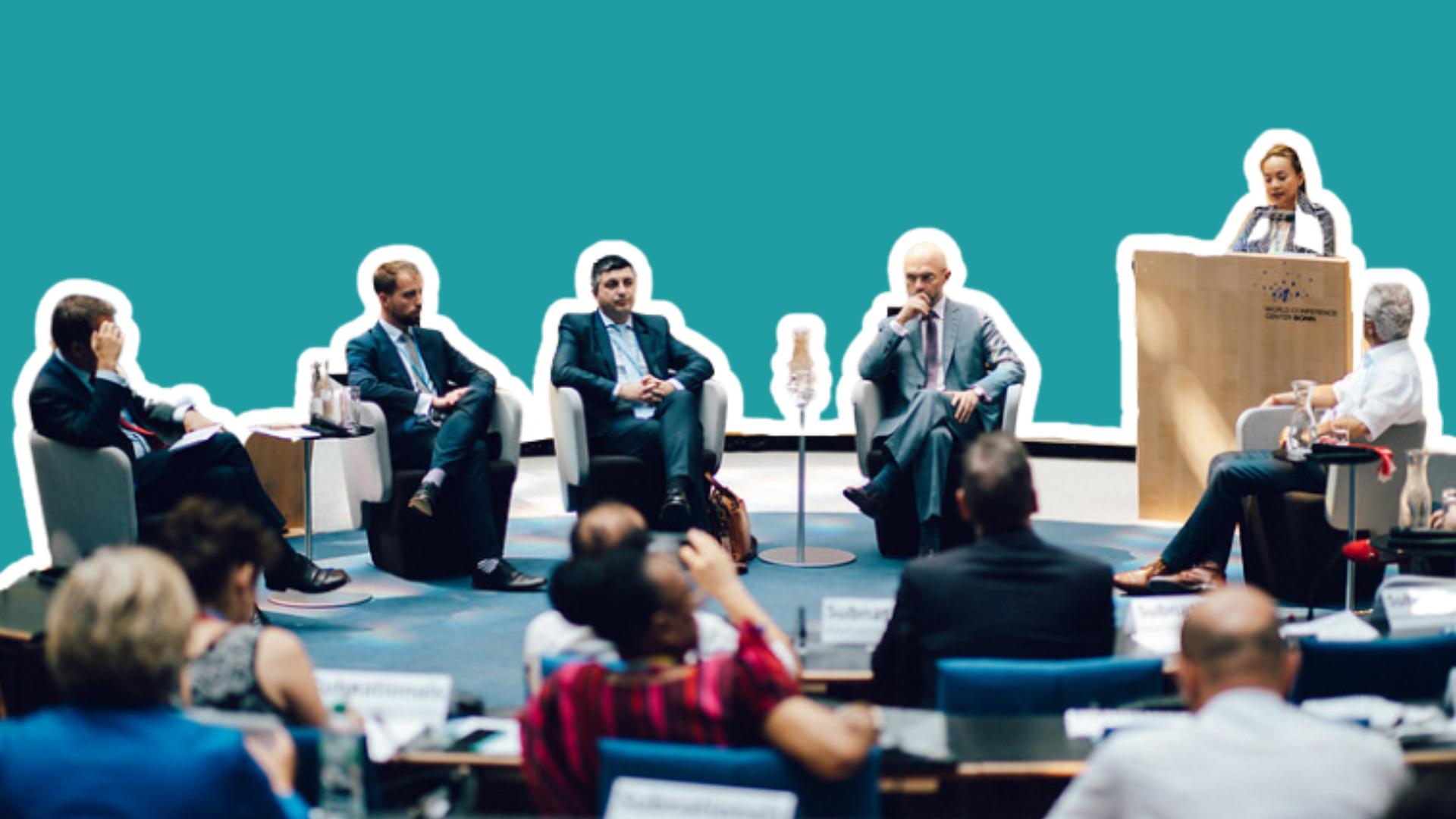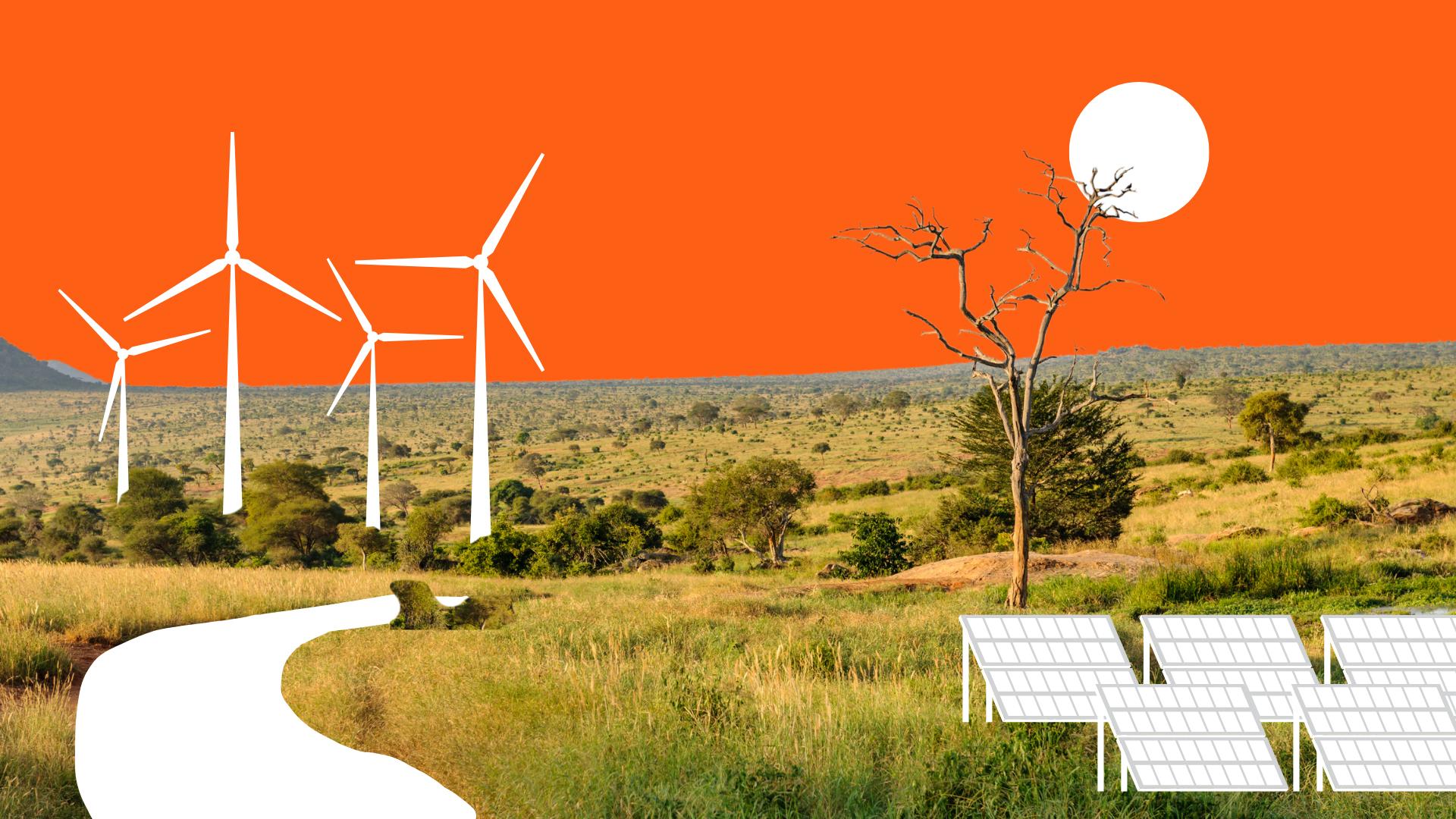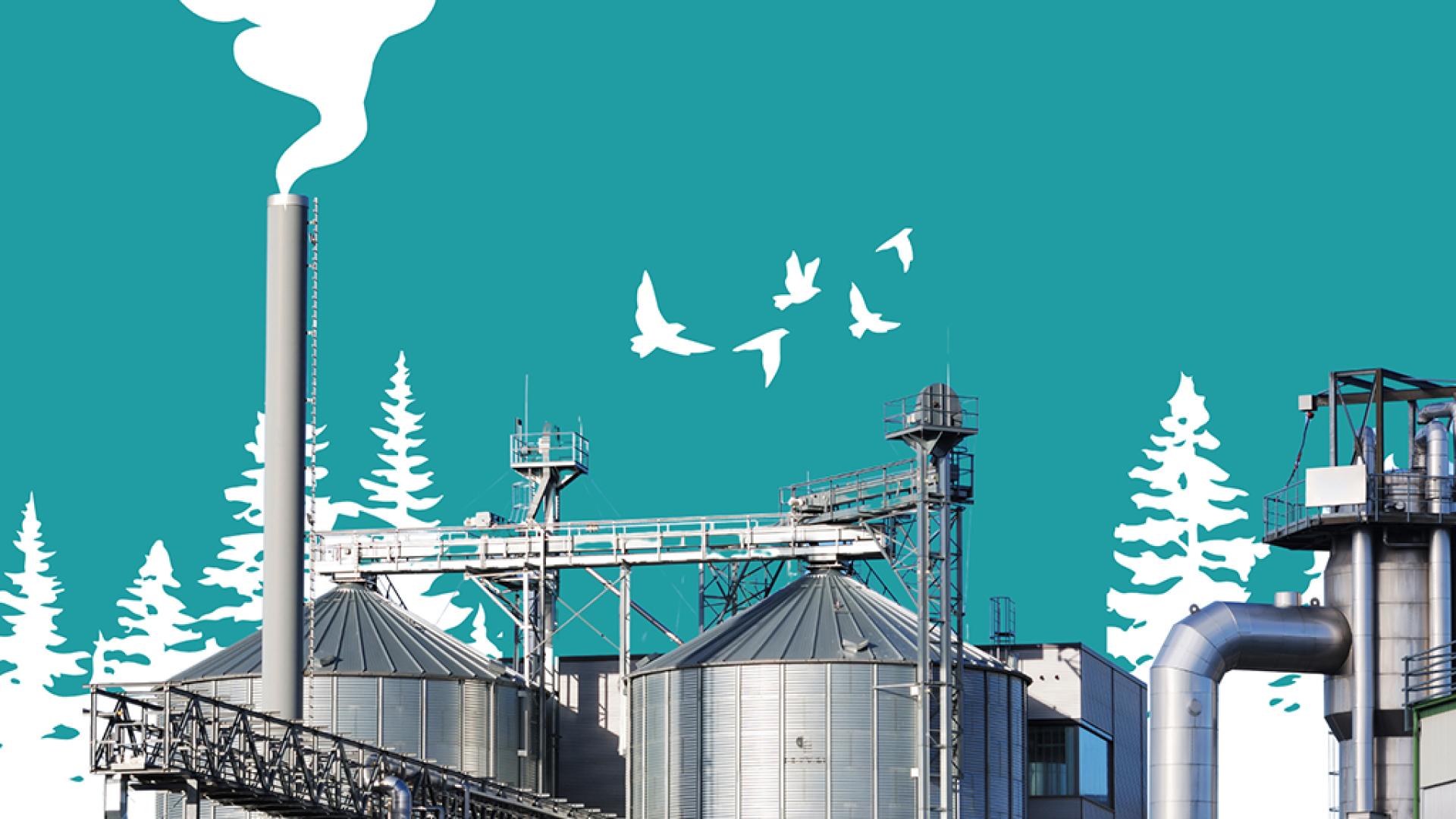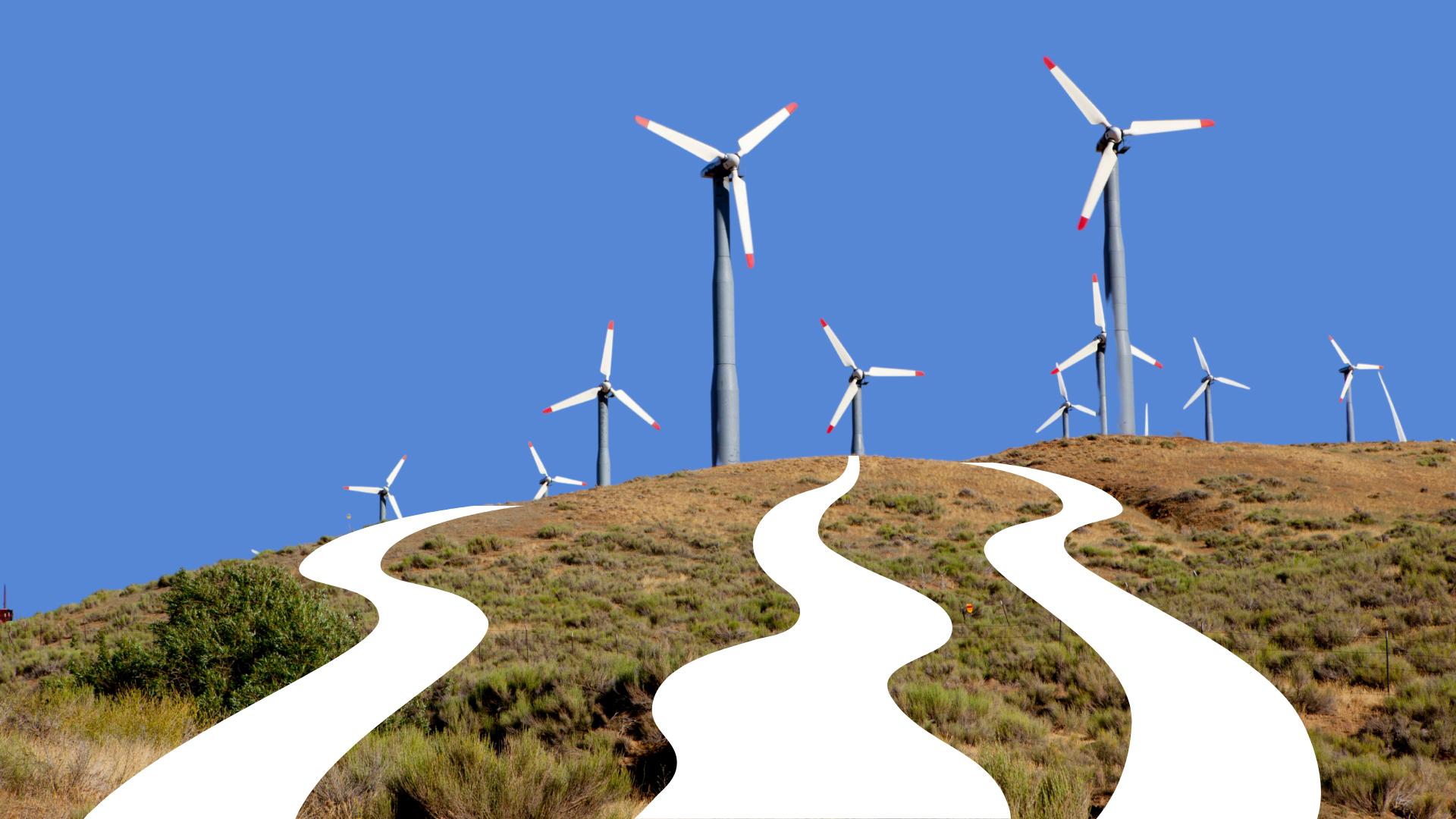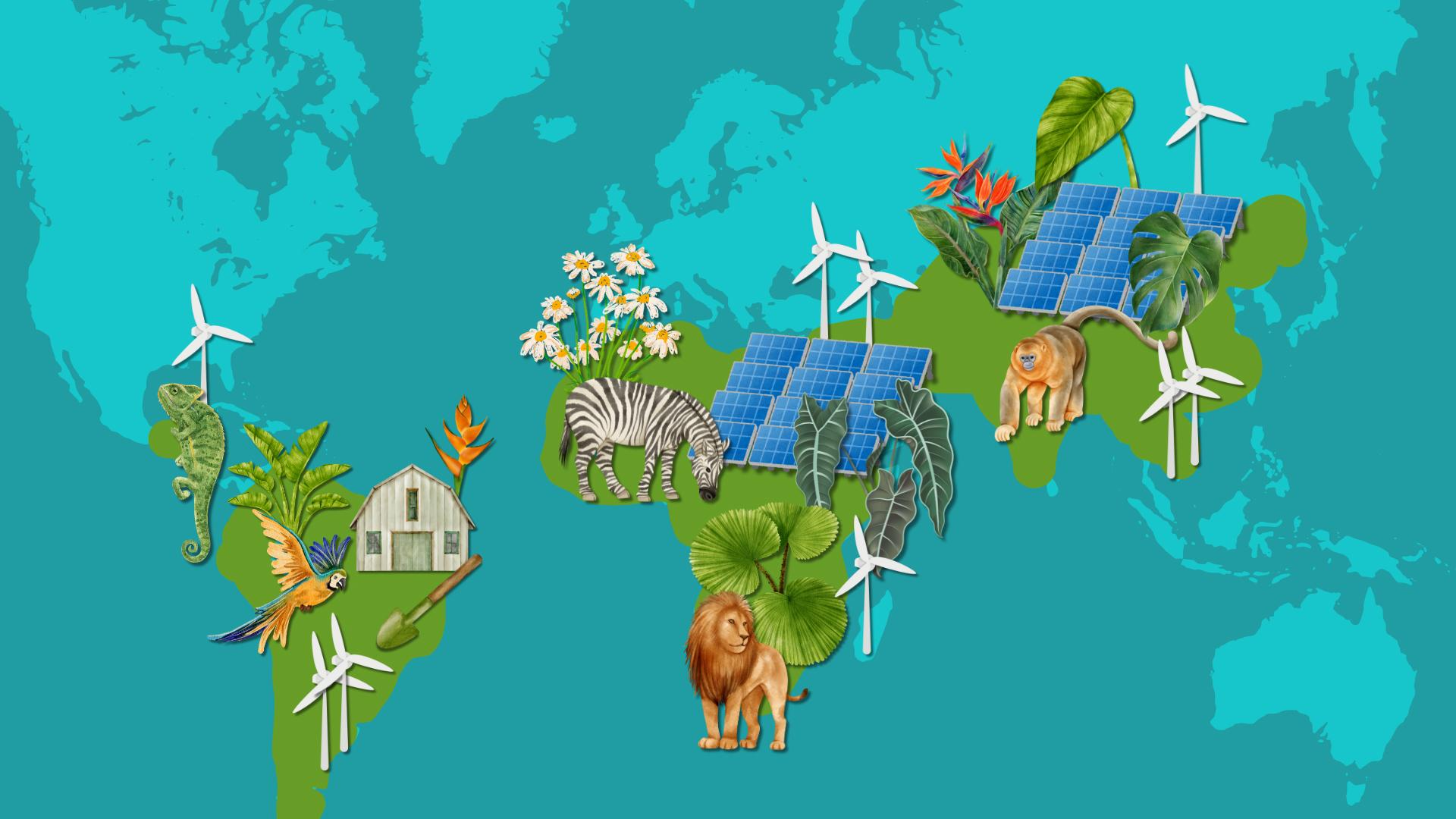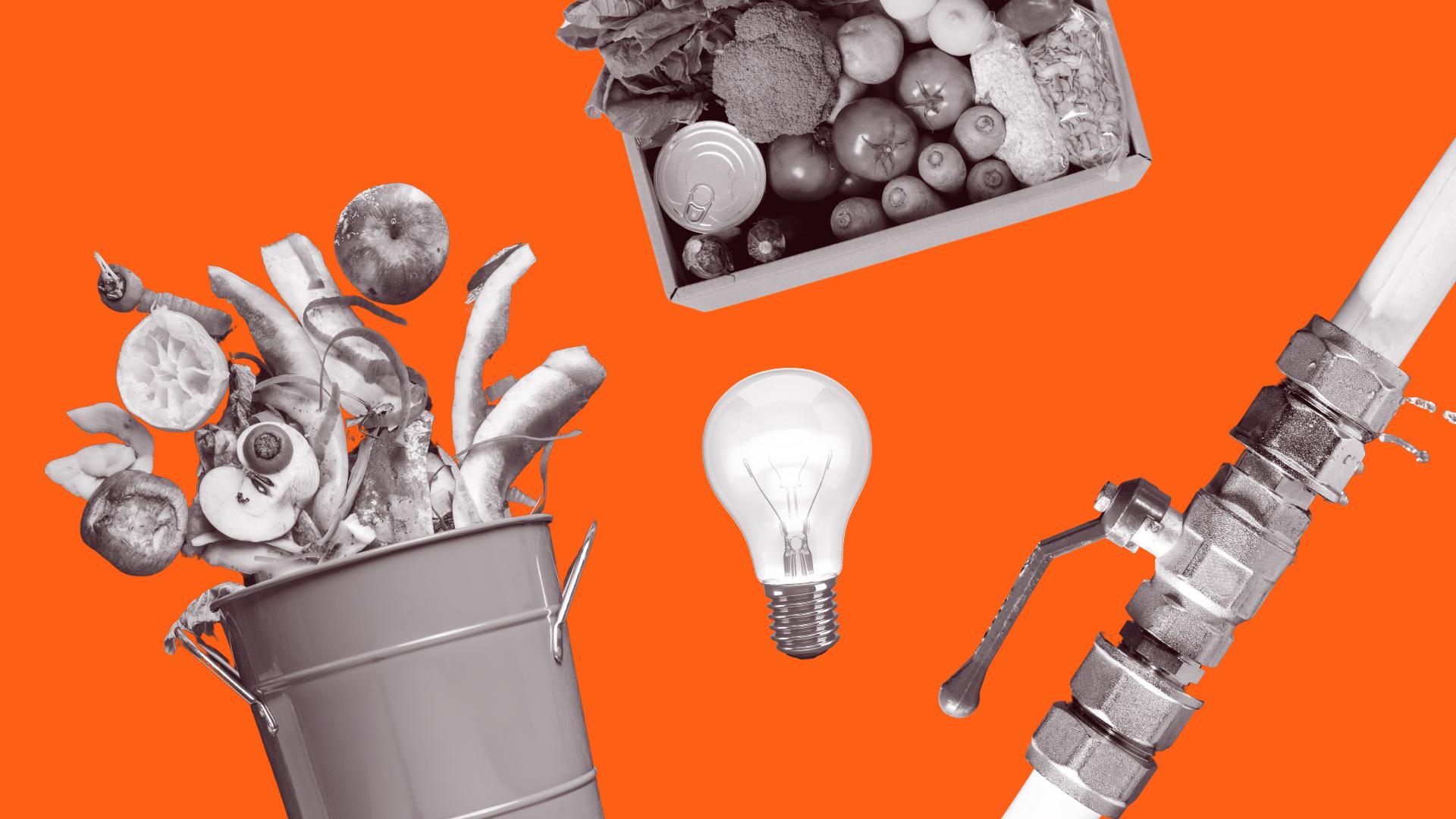Drawdown Science profile: Amanda Smith
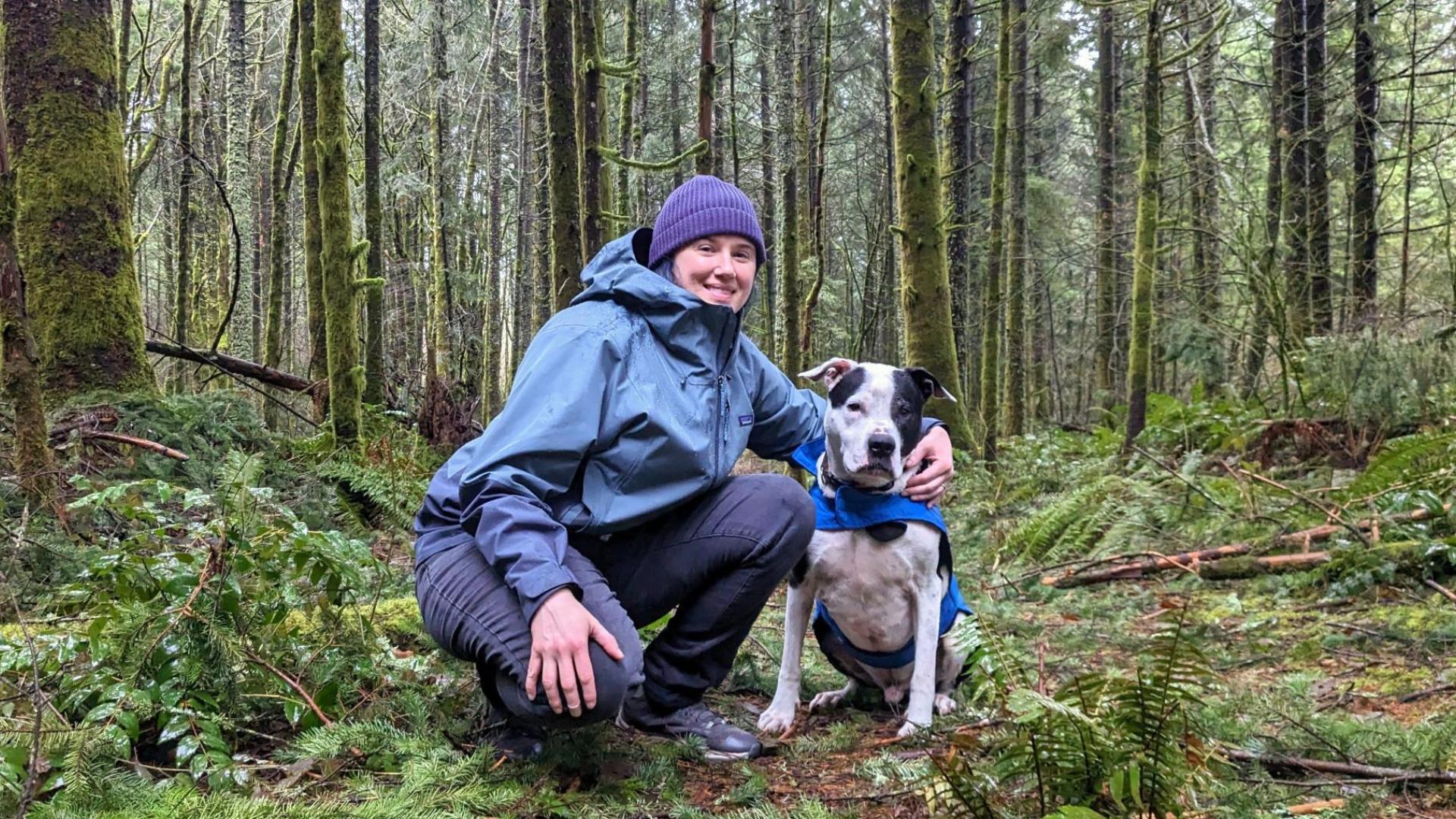
This article is the second in a series introducing the members of Project Drawdown’s new science team.
Amanda D. Smith, Ph.D., joined Drawdown Science as senior scientist, built environment, in December 2022. Amanda is a researcher and analyst with expertise in building science and energy systems modeling. Her professional career includes academic, national laboratory, and industry positions. Most recently, she served as senior energy analyst at SOCOTEC USA. She received her doctorate from Mississippi State University.
Here, Amanda shares her thoughts on, among other things, the intersection of climate solutions and the built environment, life as the daughter of a nuclear engineer, and the ideal weekend.
Q: When people ask you what you do with Project Drawdown, what do you tell them?
A: I’m bringing more perspective on buildings and energy systems into Project Drawdown: how buildings consume energy; how large-scale energy systems work and interact with the economy, the environment, and the other human-built systems they're providing services for. I’m looking at all of that through a lens of climate solutions and improving the human experience in the world. Through research, outreach, and education, hopefully we’ll get the word out about the climate solutions that are ready to go and help people evaluate which to implement.
Q: Of all of the things you could be doing, why did you choose to join the Drawdown Science team?
A: The mission really speaks to me. When the Drawdown book first came out, I had personally been discouraged by feeling like we as humans were very comfortable using resources and not valuing the planet and our fellow humans with less access to those resources. The book was inspiring, and the question was practical: We know we need to get to drawdown, so how can we do this? At Project Drawdown I have freedom to do academic research. I have opportunities to teach people. But I’m part of a small team. I feel like we’re nimble and creative, and there is a focus to our work. Even though the things we’re doing are so different, it essentially comes back to one shared vision.
Q: What are some of the biggest obstacles to solving climate change, and how does your work with Project Drawdown address them?
A: A lot of the obstacles are in perspectives and attitudes. I hope I can bring a wider perspective by asking questions like, “Why are we building things the way we are?” “Why are we using resources the way we are?” We have technologies that can help with this, and we should be deploying them quickly and strategically.
On the technical side, we tend to look to adding more technology to “fix” issues with how our buildings affect the environment. But what I want to make sure is out in the public awareness is that there is a lot of knowledge in building science we want to take advantage of, not just new technology, and simplicity has a lot of value. For example, using best practices for designing and constructing the building envelope (like the Insulation solution) means we need less mechanical equipment to keep the building comfortable for the people inside (like the High-Efficiency Heat Pumps solution). This can also make building management simpler, conserve resources, and boost the building’s resilience to extreme weather or power outages.
Q: Everybody has a superpower. What’s yours?
A: Being a systems thinker—being able to ask questions outside of my discipline or go beyond the original question asked. It probably came from having a mom who was a science teacher and who encouraged me to ask questions.
Q: What's a childhood toy or experience that relates to the work you're doing today?
I grew up in Russellville, Arkansas. We have a nuclear plant in our hometown, and my dad worked there as a nuclear engineer. I actually got to visit the site as a kid, pre-9/11, and he talked to me about his job. You can see some of the plant’s interactions with the environment. There’s a cooling tower visible from miles away that is evaporating water drawn from the river as part of the plant’s cooling system—to a child it’s a big cloud-maker. Growing up with someone who was a power plant engineer gave me the understanding from a young age that the electricity I’m using is coming from somewhere. I don’t look at a wall socket and assume the electricity magically appears; I have always known that so much happened before that electricity got to the building.
Q: If you could eat lunch with any famous person, living or dead, who would it be?
A: If I can have two, I’d have lunch with Alan Watts and Chungliang Al Huang. It would be amazing to witness their interactions and get to ask questions. Their writing has changed my thinking on science, technology, intelligence, and what it means to cooperate with the natural world and recognize yourself as part of it.
Q: What’s your favorite drawdown solution?
A: My favorite solution actually isn’t classified as a buildings solution: It’s Plant-Rich Diets. I love eating vegan food, and I feel good about how it affects me, the broader animal community, and the wider world.
Q: What gives you hope?
A: A lot gives me hope. I feel like the conversation has shifted well beyond, “Is climate change happening? Should we change what we’re doing?” to a more complex conversation. We have work from Project Drawdown and lots of other places to show that there are effective actions we can take using what we know now, and they have benefits beyond the climate. My job is to get the message out about that, and to help people understand how the technology pieces come together for a better future. Having the ability to do work that is meaningful—that gives me a lot of hope.
Q: Your ideal way to spend a weekend?
A: An ideal weekend includes some time in a forest, and a book, and probably a walk with the dogs or a cat on my lap.
Press Contacts
If you are a journalist and would like to republish Project Drawdown content, please contact press@drawdown.org.

